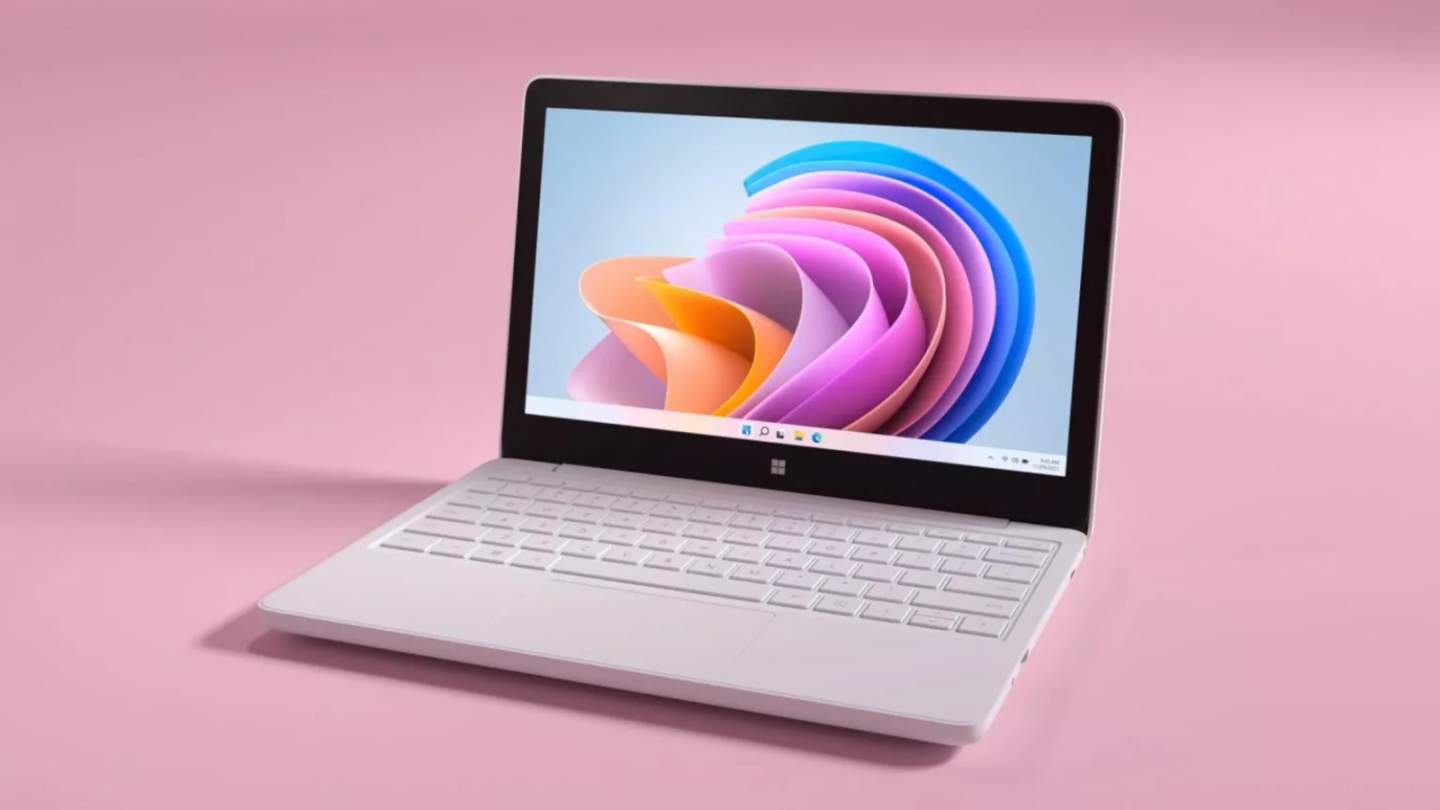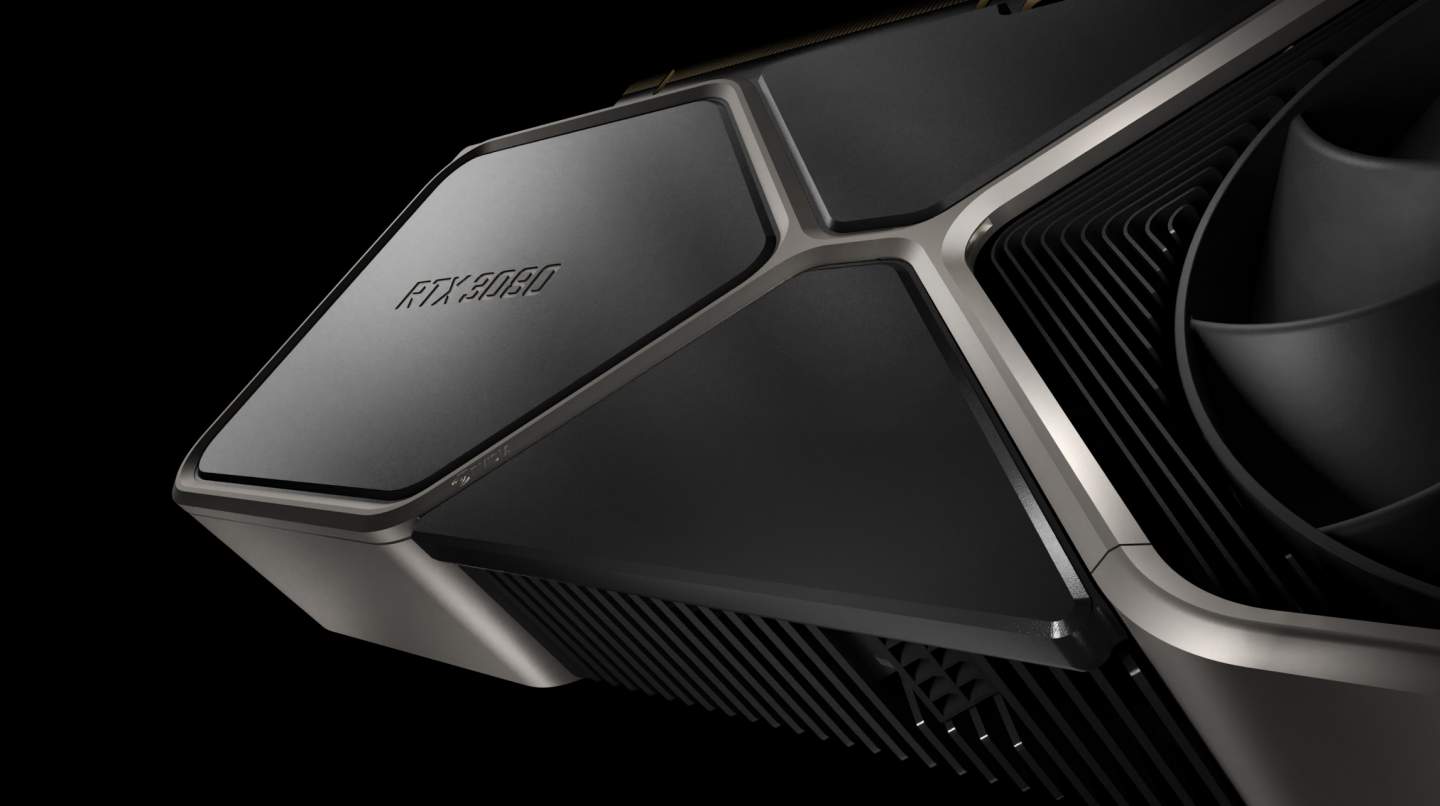When Nvidia GeForce RTX 3080 was originally launched, some were left scratching the head about the fact that the GPU was only equipped with 10GB of RAM. Today, Nvidia secretly fixes the problem by revealing RTX 3080 12GB. As the name suggests, the new graphics card is equipped with 12GB of RAM, and while it might be the most significant upgrade, there are some other differences that need to be considered too.
What’s strange about this situation is that Nvidia announces RTX 3080 12GB without much fanfare. There has been no press release or blog posts that announced a new GPU, and even Nvidia Geforce Twitter account fell silent on this problem. The only indication of the existence of RTX 3080 12GB seems to be in the updated specifications for 3080 on the NVIDIA GeForce website.
In the specification sheet, we can see the difference between a 12GB card and 10GB iteration. In addition to 2GB of RAM added, the new 3080 is equipped with 8,960 couples compared to 10GB 8.704 cards. The memory interface width has also been upgraded to 384-bit from 320-bit, while the basic clock speed has fallen slightly to 1.26 GHz. Finally, the total Draw Power rose to 350W (from 320W), which was not too surprising.
Beyond it, 12GB 3080 is the same card with 10GB one, with most specifications remain the same. However, this is a good change for those who think that 10GB of memory may be too little for the cards as strong as 3080, especially now that we live in a world where 12GB 3060 and 3080 IT are there.
For now, we are not sure which manufacturing partner is ready 3080 12GB that is ready for use or when the cards will be available at retailers. The announcement of the shadow of Nvidia from 12GB 3080 makes it difficult to determine when the card will be completely launched, but someone must consider it soon, if not today.
It makes the price of a big question mark now, because more reasons from one. The only 3080 card listed on the Nvidia website is 10GB, so we don’t have a basic MSRP to continue. Even if we do it, the shortage of ongoing semiconductors and high demand for GPU has encouraged manufacturers to raise prices throughout the board, so even if Nvidia has set MSRP for 3080 12GB, there is a good opportunity card from the company’s manufacturing partners costs more.
Of course, the lack of semiconductor is likely that it will be difficult to get one of these cards, regardless of costs. Every time Nvidia manufacturing partners launch their cards, we hope they sell quickly. Restocks will go the same as stock fast and available will be difficult to find until we are on the other side of this shortfall, which can last this year or even extend to 2023.
So, if you are going to look for prey for 12GB 3080, good luck for you. Assuming the price difference between these and 10GB 3080 is not too large, it can be worth pursuing a 12GB model, but with global shortages like this, those in the market for new cards cannot be picky.

 Business3 years ago
Business3 years ago
 Business3 years ago
Business3 years ago
 Business3 years ago
Business3 years ago
 Business3 years ago
Business3 years ago
 Business3 years ago
Business3 years ago
 Business3 years ago
Business3 years ago
 Tech3 years ago
Tech3 years ago
 Entertainment3 years ago
Entertainment3 years ago






